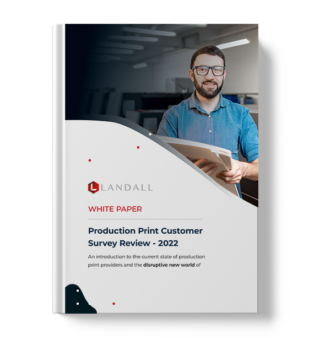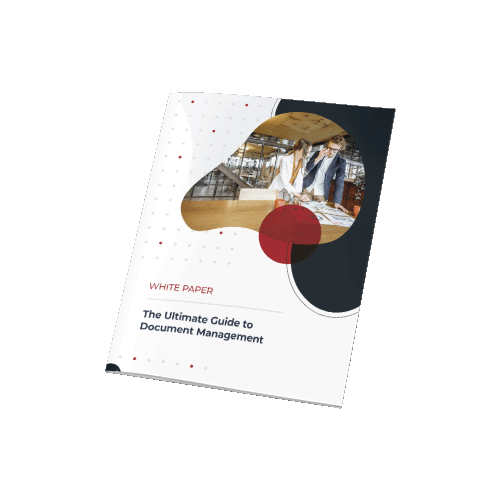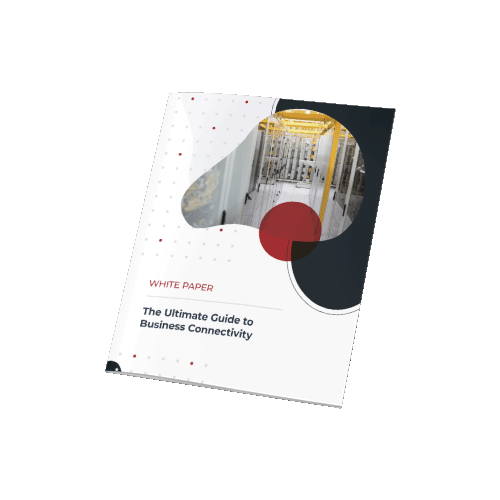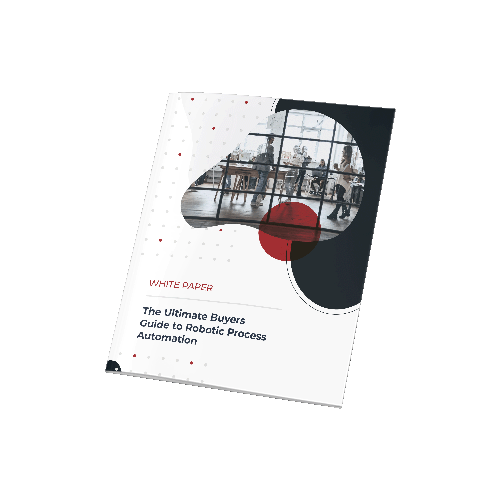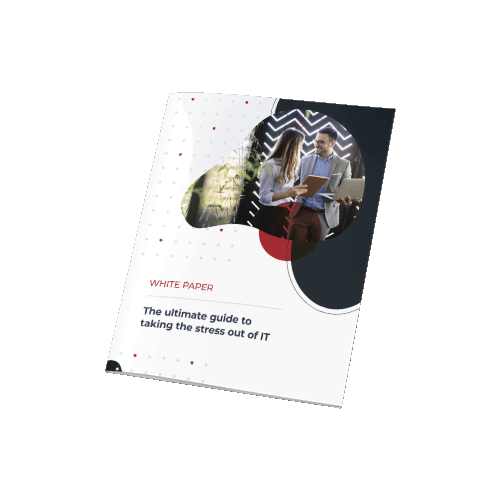The way of work is changing. In fact, the ways of work have constantly evolved. From the agricultural revolution to the industrial revolution to now, technology never stands still. RPA is one of the latest advancements set to benefit a broad spectrum of industries and sectors. Just like the developments that have come before, RPA is set to see significant changes to the landscape of work and these are sure to be welcomed.
If you have not yet heard of the RPA, it stands for robotic process automation. Now, this may sound like something taken straight from a sci-fi film (we’re thinking Terminator or Matrix), but the reality of RPA is somewhat different. Let’s take a look at the question “What is RPA?” and let’s have look at the changes that it is set to bring.
So, what is RPA exactly?
Knowing what RPA stands for doesn’t quite give you the full picture. Being left considering a workplace full of robots may not sound overly appealing and we’re pleased to say that with RPA there is not an actual robot in sight! What RPA is really referring to is software technology. This technology allows software bots to be created and these are able to mimic human behaviour to some degree.
Now, as software robots, you are not going to suddenly find your co-worker replaced by a man of steel on your next break. What you are going to find are bots that can learn to carry out simple, mundane, tasks that are consuming your time.
The robots in RPA are not going to be entering into friendly chats with you. Instead, their interactions will be limited to digital systems. Within these systems, RPA is capable of navigating, locating and extracting data, and a whole host of other functions. The best part is it doesn’t get bored. It doesn’t need a break. It just keeps on working.
What are the benefits of RPA?
Being able to answer the question “What is RPA?” will hopefully leave you feeling at least a little excited. There are some key benefits that RPA can bring to your business and perhaps you are already considering the potential changes to your workplace. Here’s an overview of some of the benefits that have been identified so far:
- RPA can save your business money
- It can increase efficiency across the board
- As well as efficiency, a boost in productivity is expected
- Your employees are happier as mundane tasks are removed
- Errors are reduced as human mistakes are avoided
- RPA responds to spikes in workload as and when required
- RPA ensures compliance
You may be wondering how all of these benefits are delivered by RPA. The benefits are achieved because humans are replaced by software robots to do repetitive, low value, work. Do you need a human presence to log into a system? Does it take a human hand to move files or extract data from them? Do you need the finest human mind to perform some basic analysis? Of course, the answer is no and that is why RPA is so valued. It can carry out all of these tasks, and more, leaving your employees to engage in higher-value activities.
What industries are set to benefit from RPA?
RPA is not the future. RPA is already out there and it is already transforming work practices across multiple industries. The way that RPA has already developed means that its application is widespread and sees it being beneficial to any business that sees any degree of high-volume, repetitive, low-value tasks. As RPA is learning and gaining in intelligence, its capabilities are developing, allowing it to be deployed in an increasing number of settings.
Are there any downsides to consider with RPA?
As with any new developments, there can be expected downsides, or at least teething troubles or challenges. RPA is no different. Some of the potential downsides with RPA include:
- A reduction in jobs for human employees
- The implementation process can be complex
- There is a need to reconfigure systems on a regular basis
- The initial cost can be substantial
For many reading about RPA, the key concern will be a potential increase in unemployment. It has often been the case that technological developments have seen certain workers being surplus to requirements. The key here is for organisations to approach RPA differently to other advancements. Rather than it being a chance to reduce the workforce, it should be viewed as a way to redeploy it to more worthwhile tasks.
Isn’t this just AI?
Businesses have increased their use of AI (artificial intelligence) in recent times and so when asking “What is RPA?” it is reasonable to consider if there is at least a crossover between the two. The answer here is that RPA is not AI, but by combining the two you are opening the door to even more possibilities in terms of streamlining your business.
The technology involved with RPA is being used to develop AI even further. Combining the two sees robots expanding their cognitive processes and developing the ability to understand documents, visualise screens, and even understand speech to the degree that they can respond. The integration of AI with RPA means that the possibilities for the future are practically endless.
How do I implement RPA into my business?
There are clear benefits to RPA and this may leave you looking at how you can implement this as part of your business. The answer is slowly! Rushing and forging ahead with RPA will mean that you leave your business vulnerable as you experience glitches. No system is 100% foolproof. RPA needs to be treated like a new employee. It needs to be nurtured. It needs the time to learn.
The key is to start RPA with the simplest of simple tasks. Let it go ahead and rename a collection of files. Let it pull some data from some of them. As RPA learns and is delivering, you can then go ahead and increase the complexity of tasks that it is involved with.












